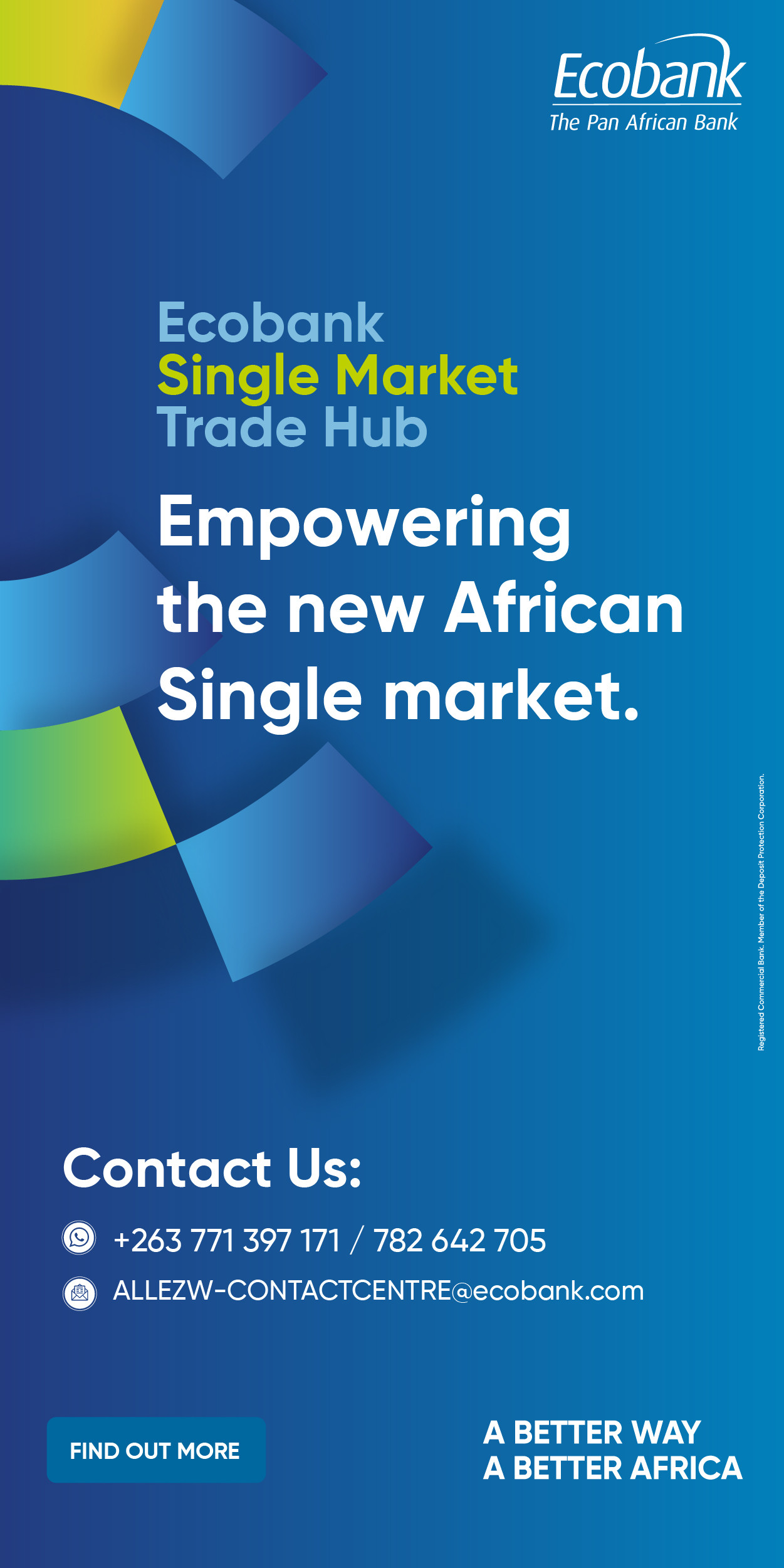- Zimbabwe holds August fuel prices steady at US$1.56 for petrol and US$1.55 for diesel
- High domestic costs stem from heavy import reliance, high taxes and levies, and a duopolistic ethanol market, with Green Fuel selling ethanol nearly twice the global benchmark, keeping blending costs artificially high
- Global oil prices are forecast to decline in 2026, but without reforms lowering taxes, breaking monopolies, modernising infrastructure, and embracing solar energy Zimbabwe risks missing out on the potential benefits of falling international fuel costs
Harare - Zimbabwe has maintained its petrol and diesel prices for August, holding steady at US$1.56 per litre and US$1.55 per litre, respectively, according to the latest monthly fuel update from the Zimbabwe Energy Regulatory Authority (ZERA).
The decision provides temporary reprieve for consumers in a country where fuel remains among the highest in Southern Africa, even as international markets point to declining costs in the near future.
Within the Southern African region, Zimbabwe consistently ranks among the top three countries with the steepest fuel prices and is the second-most expensive in the SADC bloc and the fourth highest in Sub-Saharan Africa.
The steep cost strains businesses and households, undermining economic activity in a nation heavily dependent on road transport for trade and logistics.
Zimbabwe spends over US$1 billion annually on fuel imports, draining scarce foreign currency reserves.
Taxes and levies alone account for US$0.52 to US$0.54 per litre around 30% of the pump price. Without these charges, diesel could retail for about US$1.10 per litre, in line with regional averages.
Beyond taxes, structural inefficiencies and market concentration inflate costs. The ethanol blending market is dominated by Green Fuel, a joint venture between the state and private investors, which sells locally produced ethanol at US$1.10 per litre almost double the global benchmark of US$0.50–0.70.
Limited competition, even with the presence of other producers such as Triangle Limited, keeps blending costs artificially high.
Global Prices Point to Relief Elsewhere
Meanwhile ,while local prices remain stable, the global energy landscape is showing signs of easing. The U.S. Energy Information Administration (EIA) forecasts Brent crude oil will average US$60 per barrel in the fourth quarter of 2025 the lowest quarterly average since 2020.
Diesel prices are projected to fall from US$3.70 per gallon in 2025 to US$3.47 in 2026, driven by higher production, the easing of OPEC+ output cuts, and moderating demand.
“Economic uncertainties and geopolitical tensions continue to influence petroleum markets.
“However, growing inventories and production increases are expected to put downward pressure on prices next year,’’ the EIA said.
Policy and Reform Pathways
Lowering taxes and breaking the ethanol monopoly could bring immediate price relief.
Aligning levies with regional peers such as Botswana where fuel taxes make up less than 20% of the pump price would help narrow the gap with SADC averages.
Modernising refineries, storage facilities, and transport networks could cut logistics costs, while scaling up sustainable ethanol production from sugarcane would reduce petrol dependency.
Zimbabwe’s chronic power blackouts have increased reliance on diesel-powered generators, deepening fuel dependency. With over 3,000 hours of sunshine annually, the country has strong potential to shift towards solar-battery hybrid systems, which could significantly reduce diesel imports currently accounting for nearly 70% of fuel consumption.
Industrial savings could be substantial, a single factory using 10,000 litres of diesel annually could save more than US$15,000 by switching to solar.
Scaling this nationwide could cut the annual fuel import bill by up to US$400 million within five years, freeing resources for healthcare, education, and infrastructure.
Developing solar-powered EV charging infrastructure in major cities could also gradually reduce petrol demand.
Regional models in Zambia and South Africa show potential fleet fuel savings of 30–40% through solar transport solutions.
The maintained August prices offer short-term stability, but Zimbabwe’s position as one of the most expensive fuel markets in the region is unlikely to change without targeted reforms.
Policymakers and industry stakeholders must balance domestic realities with global price trends, dismantle monopolies, modernise energy infrastructure, and diversify power sources if the country is to translate falling global oil prices into meaningful relief at the pump.
Equity Axis News





